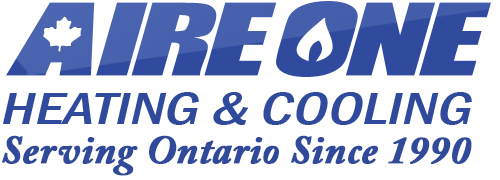Indoor air can be up to five times more polluted than outdoor air. HEPA filters can trap these pollutants, minimize indoor pollution and increase the air quality inside your home. Allergy, asthma or respiratory sufferers will feel a significant difference in air quality and housekeeping time will be drastically reduced.
What is a HEPA Filter?
HEPA is an acronym for High Efficiency Particulate Air, so a HEPA filter is a High Efficiency Particulate Air filter.
HEPA filtration is an important and popular form of air purification technology.
To be called a true HEPA filter, it has to be tested and approved, so you know exactly what to expect. The Institute of Environmental Sciences and Technology dictates that a HEPA filter must trap 99.97% of particulates 0.3 microns or larger. This does not mean that the filter cannot trap particles smaller than 0.3 microns, because many HEPA filters can; it is simply the requirement that must be met in order to carry the HEPA name.
Call 310-4328 or 310-HEAT (no area code required) for more information.
A HEPA filter is the best kind you can get, as it removes more than 99% of particles that are 0.3 microns or larger in size.
Contact the local Aire One Office in your area to check our promotions and deals to get the best price!
Metro Toronto, York, Richmond Hill, Markham, Newmarket, Aurora, Keswick, Hamilton, Burlington, Oakville, Kitchener, Cambridge, Guelph, Durham, Simcoe, Etobicoke, Mississauga, Brampton, London, St. Thomas, Woodstock, Waterloo, St. Catharines, Niagara, Ajax, Whitby, Oshawa, Pickering, Bowmanville, Vaughan, Sharon, Scarborough, North York, Thornhill, Schomberg, Brantford, Barrie, Alliston, Orillia, Cookstown, Innisfil, Malton, Caledon, Bolton, George town, High Park, Weston, Tottanham, Beeton, Georgina.
How do HEPA filters work?

HEPA filters trap air contaminants in a complex web of fibers. Depending on the size of the particle, this can happen in four different ways: Inertial Impaction, Diffusion, Interception, or Sieving.
Larger contaminants are trapped via inertial impaction and sieving. The particles either collide with the fibers and become trapped or are trapped while attempting to travel through the fibers. Medium sized particles, as they move through the filter, are grabbed by the fibers via interception. Smaller particles are dissipated as they travel through the filter and eventually collide with a fiber and are trapped.
With HEPA technology, you can be sure that contaminants will be trapped and removed on a microscopic level.


